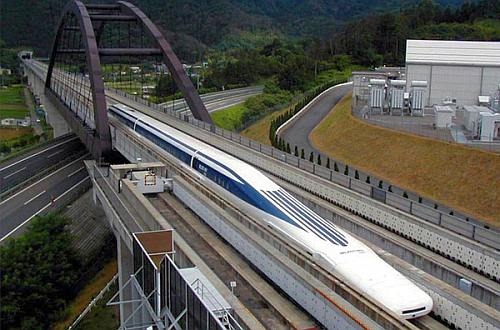The line will start at Shinagawa station in Tokyo, where underground platforms will be constructed at a depth of 40m, and will serve intermediate stations at Sagamihara (Kanagawa prefecture), Kofu (Yamanashi prefecture), Iida (Nagano prefecture), and Nakatsugawa (Aichi prefecture) before reaching Nagoya, where the line will terminate at a new underground station. Maintenance depots will be constructed at Sagamihara and Nakatsugawa, and power for the line will be drawn from 10 substations.
The line will have a design speed of 505km/h and the total length of the route will be 286km, including 246km of tunnel and the 42.8km test track in Yamanashi prefecture. The track centre distance will be 5.8m and the line will have a minimum curve radius of 8000m with a maximum gradient of 4%.
The total cost of the project is expected to be Yen 9030bn ($US 91.3bn) including rolling stock.
Construction is due to begin next year and JR Central plans to launch commercial services in 2027, reducing Tokyo – Nagoya journey times to 40 minutes, compared with the current 1h 43min trip on the Tokaido Shinkansen.

